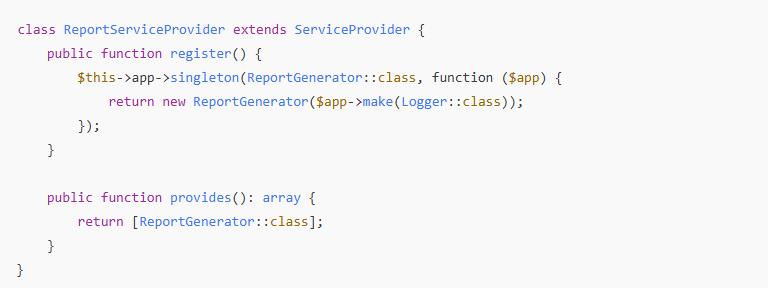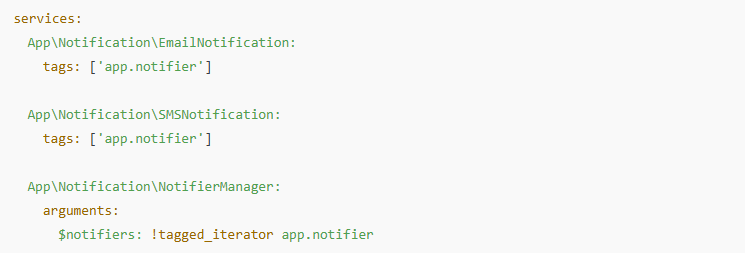Dependency Injection (DI) has become a foundational pattern in modern PHP development. Whether you’re building a simple API or a complex enterprise application, effective use of DI improves testability, modularity, and maintainability.
But most tutorials stop at constructor injection or service containers. In this article, we’ll go beyond the basics and explore advanced dependency injection techniques that modern PHP applications can leverage for cleaner, more powerful code.
🔁 Recap: What Is Dependency Injection?
Dependency Injection is the process of providing an object with its dependencies from the outside rather than creating them itself.
Basic Example:

Here, Mailer is injected via the constructor — simple and clear.
1. 🧪 Constructor vs Setter vs Method Injection
Constructor Injection is ideal when the dependency is required. But what if it’s optional or context-dependent?
✅ Setter Injection

Use when the dependency is optional or when setting it after object creation makes sense.
✅ Method Injection
Great for one-off dependencies:

When to use which:
| Technique | Best For |
|---|---|
| Constructor | Required dependencies |
| Setter | Optional or late-bound dependencies |
| Method | Temporary, one-time dependencies |
2. 🧱 Using Abstract Factories
In some cases, especially when the dependencies are complex or runtime-configurable, factories provide more control.

Inject the factory, not the object:

3. 🧵 Contextual Binding
When the same dependency has multiple implementations, contextual binding lets you define which one to inject based on context.
In Laravel:

This avoids hardcoding implementations and supports SRP and OCP principles.
4. 🧩 Auto-Wiring and Reflection
Modern frameworks (like Symfony and Laravel) support auto-wiring — using PHP reflection to automatically resolve dependencies.
Pros:
- Less boilerplate
- Easy refactoring
- Clear type safety
Symfony Example:

This removes the need for manual service definitions for each class.
5. 🕵️♂️ Service Providers and Deferred Services
Large applications benefit from lazy-loading services using service providers.
In Laravel:

Use deferred providers to optimize performance in high-scale apps.
6. 📦 Composite and Decorator Injection
Sometimes, multiple services implement the same interface. Inject them as a group.
Symfony Example:

Now you can loop over all notifiers:

7. 🧼 Scoped and Transient Dependencies
Singletons are the default in most containers, but sometimes you want scoped or transient lifetimes (i.e., new instance each time).
Laravel:

Use this when you need stateful or fresh services per request or task.
Dependency Injection is more than just constructor parameters. As applications grow, advanced DI techniques give you the flexibility to:
- Swap implementations easily
- Improve performance with lazy loading
- Build scalable architectures with clean separation of concerns
- Test components in isolation
| Technique | When to Use |
|---|---|
| Constructor Injection | Always needed dependencies |
| Setter Injection | Optional dependencies |
| Method Injection | Temporary or situational |
| Factories | Complex or runtime-configured objects |
| Contextual Binding | Varying implementations per use case |
| Auto-wiring | Clean, boilerplate-free DI |
| Service Providers | Deferred or large-service management |
| Tagged/Composite | Injecting multiple services at once |
| Transient Binding | Per-request or stateful dependencies |
Mastering DI means writing maintainable, extensible, and robust PHP code — a hallmark of modern software craftsmanship.




